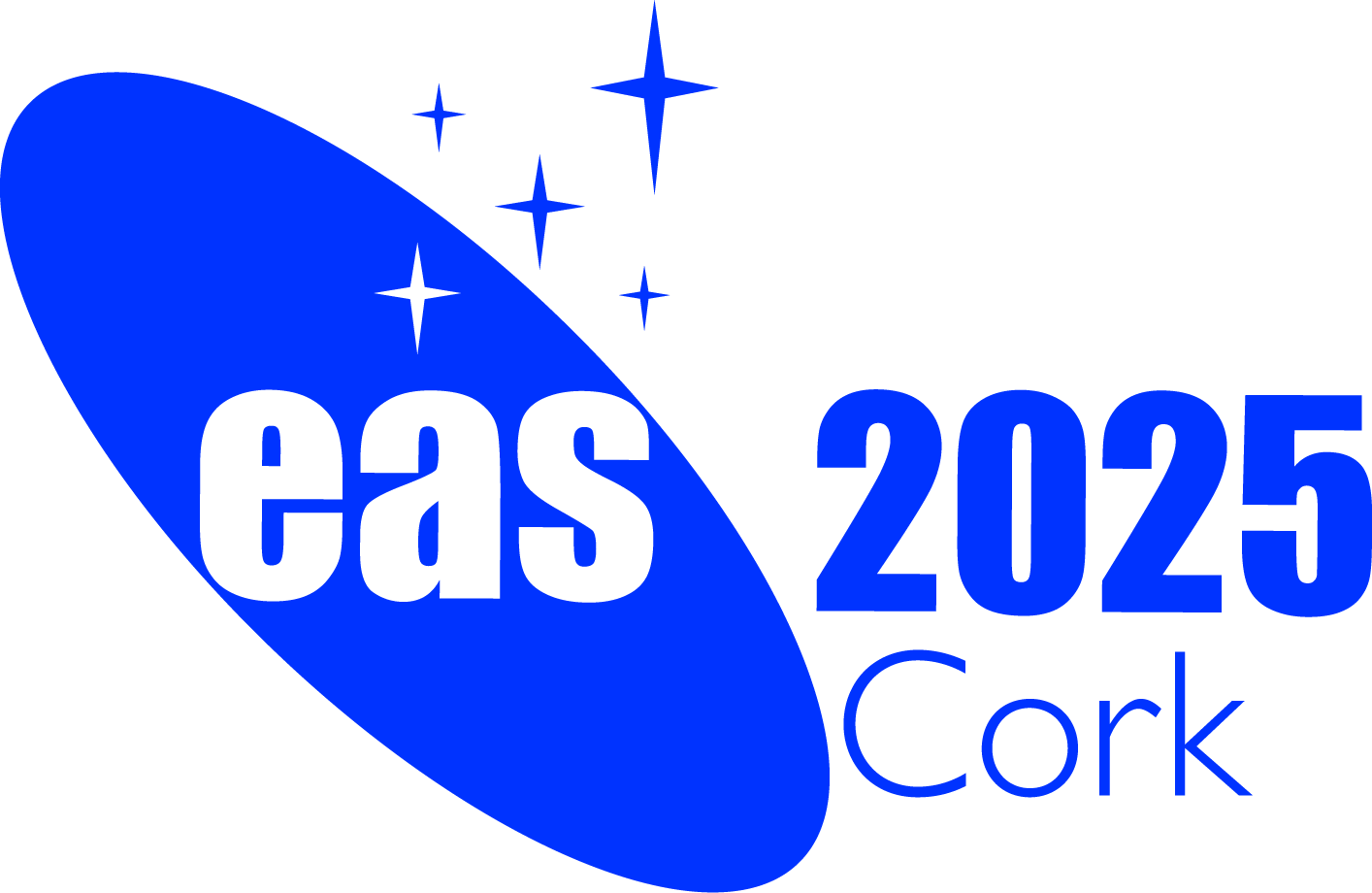Special Session SS29
23 June 2025
Accretion Bursts in Protostars: Illuminating the Path of Star Formation

News:
The page is under construction, please keep an eye on our news! We are currently contacting invited speakers to confirm their participation, the list will be published shortly.
Aims and scope
This year marks the 10th anniversary since the discovery of disk-mediated accretion bursts in massive protostars. This pivotal finding provided compelling evidence that both low-mass and high-mass protostars form through the same mechanism of episodic disk-mediated accretion, albeit on different scales. Yet, despite this progress, significant gaps remain in our understanding of star formation, particularly when it comes to massive protostars in their earliest stages. These objects are rare, deeply embedded in their natal clouds, and notoriously difficult to observe, making their study one of the greatest challenges in modern astrophysics.
Fortunately, we have powerful allies: masers. Maser flares associated with accretion bursts offer an unparalleled window into the physics of these dramatic events. They provide information at resolutions unattainable by any other method, allowing us to probe accretion processes in massive protostars with extraordinary detail. A critical role in identifying and studying accretion bursts in massive protostars is played by single-dish maser monitoring programs which offered us a unique opportunity to trace the hidden stages of high-mass star formation.
With this session, we aim to bring together observers and theorists working across different wavelengths and techniques to share insights and push the boundaries of our understanding. Building on the lessons learned over the past decade and the collaborations established within the community, the coming years hold great promise for the study of accretion bursts. Instruments like the Square Kilometre Array (SKA) will revolutionize our ability to detect and monitor masers with unprecedented sensitivity, opening new frontiers in our exploration of protostellar variability.
Whether you focus on low-mass or high-mass protostars, we invite you to join us in illuminating the path of star formation.
Let's celebrate this remarkable anniversary together!
Programme
- Illuminating Accretion Bursts -- Optical, IR, and (Sub)millimeter Insights
- Zooming In -- Maser Flares and Spectral Line Diagnostics of Accretion Bursts
- Towards a Unified Picture -- Models, Theory, and Future Perspectives
Invited speakers
- Alessio Caratti o Garatti (INAF - Osservatorio Astronomico di Capodimonte, Italy)
- Ágnes Kóspál (Konkoly Observatory & MTA Centre of Excellence & ELTE Eötvös Loránd University, Hungary; Max Planck Institute for Astronomy, Germany)
- Olga Bayandina (SKA Observatory, South Africa)
Scientific organisers
- Olga Bayandina (SKA Observatory, South Africa) - Chair
- Ross Burns (RIKEN Cluster for Pioneering Research, Japan) - co-Chair
- Anna Bartkiewicz (Nicolaus Copernicus University, Poland) - co-Chair
- Bringfried Stecklum (Thüringer Landessternwarte Tautenburg, Germany)
- Alessio Caratti o Garatti (INAF - Osservatorio Astronomico di Capodimonte, Italy)
- Fanie van den Heever (North West University, South Africa)
- Jakobus M. Vorster (University of Helsinki, Finland)
Contact
Please contact Olga Bayandina (Olga.Bayandina @ skao.int) for any queries regarding the session.
Updated on Fri Feb 28 12:42:30 CET 2025

 A power cut will shut down all EAS services on Tuesday, 10 January 2017 starting at 7:30 CET.
A power cut will shut down all EAS services on Tuesday, 10 January 2017 starting at 7:30 CET.

